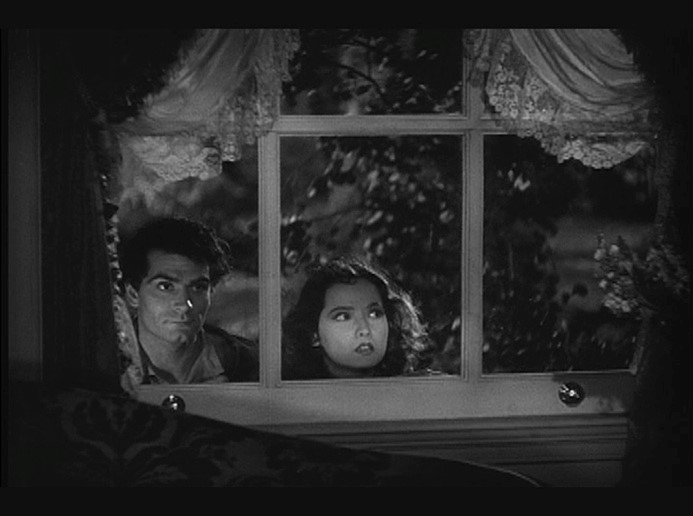The influence of the cinematographer on the cinematographic discourse of fiction film:
Gregg Toland
Abstract
This paper focuses on the influence of the cinematographer on the cinematographic expression of fiction film, specifically defining attributes of the cinematographer in the visual narrative. The text highlights the contributions of cinematography to the narrative of a fiction film during the period 1928–1946 while featuring the cinematographer Gregg Toland. This study presents a possible research approach to cinematography and the role of cinematographer in influencing the narrative discourse of a film. Critical examination of Toland’s cinematographic work establishes his importance and influence in an historical context. Analysis of a scene from Wuthering Heights (1939) reveals the significance of the visual narrative construct through the use of cinematic space and viewpoint in a shot. Together, they demonstrate the impact of the visual narrative on the viewer’s film experience and expose the cinematographer’s role in the storytelling.




